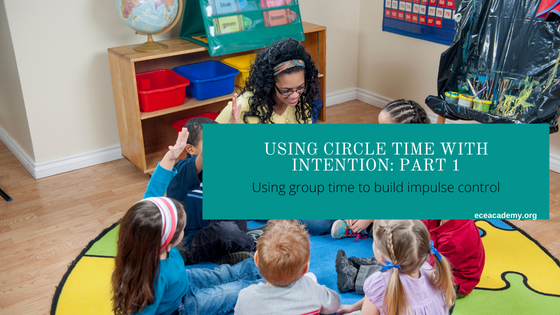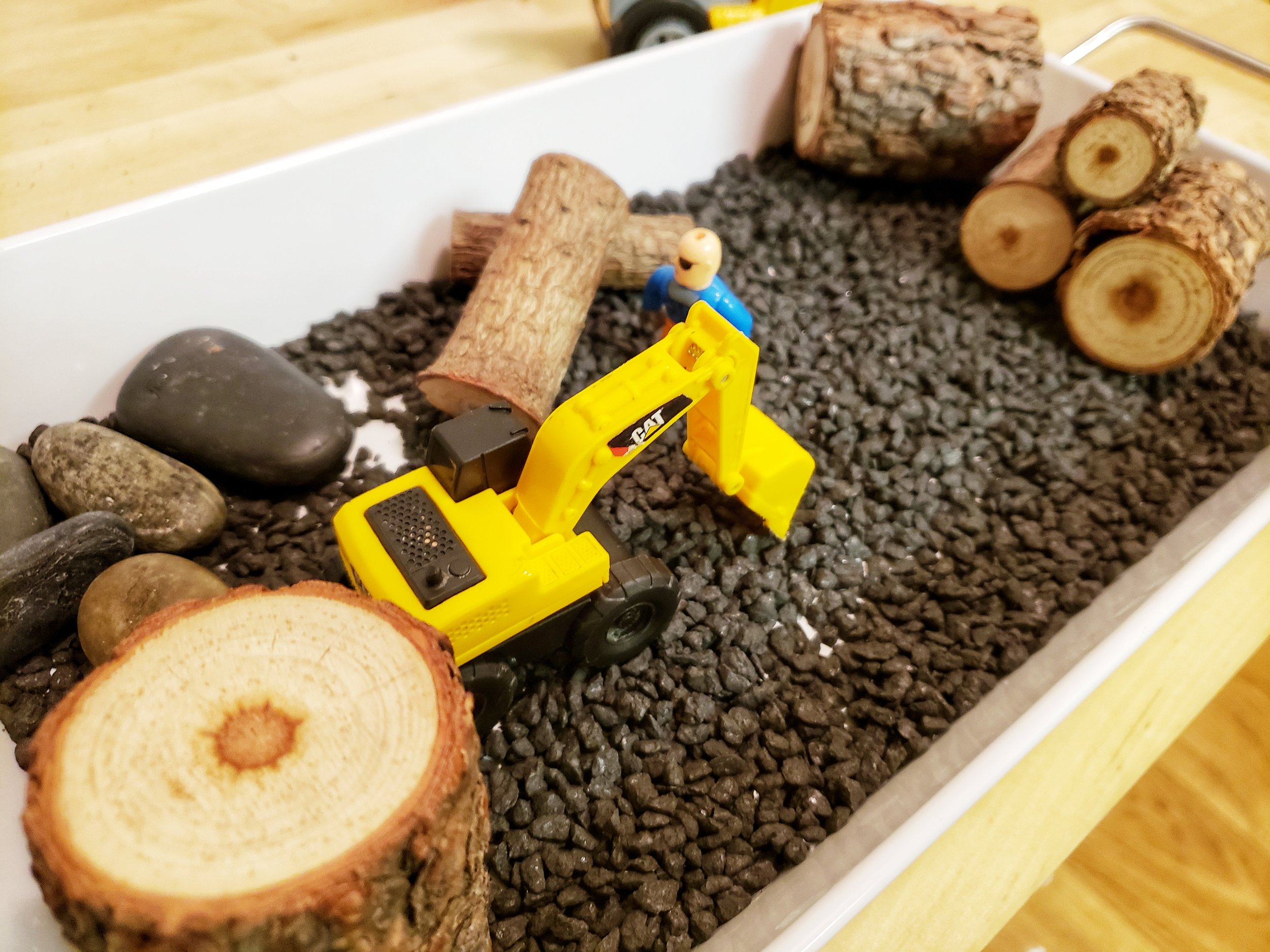Using Group/Circle Time With Intention: Building Impulse Control
Circle time is a great opportunity to build crucial skills beyond letter recognition in preschoolers that will benefit them in and out of the classroom.
Executive functioning skills are basically the skills we develop to help us with mental processes to focus, plan, follow multi-step instructions, and more.
It’s been compared to an air traffic station for our brains, giving the planes (our thoughts, emotions, and information) direction.
It’s our brain’s ability to intake all of the information and initiate, execute, and complete a task.
These skills were previously assumed to be “built-in” and predetermined at birth, but now we’re learning that we have the ability to strengthen and build these skills, especially during our early years.
How to use group time to build important executive functioning skills in the preschool classroom
Group time/Circle time is a great opportunity to help children build on these skills, including impulse control.
This time is ideal since you’re able to intentionally plan your activities and lessons to help build specific EF (executive functioning) skills.
The two that are particularly useful to help strengthen at this time are impulse control and following directions.
Before we start though I do want to make a quick PSA.
You can (and should) build these skills outside of circle time.
Circle time shouldn’t be very long if you chose to have it.
You actually don’t even need formal circle time at all…
Alright, with that out the way, let’s get started!
Impulse Control:
Impulse control generally refers to the ability to control oneself, especially one’s emotions and desires.
But the ability of a child to resist acting out their impulse is hard.
The ability to resist that impulse when they’re feeling an intense emotion is really hard.
Learning to resist that impulse while emotional, and then redirecting themselves is even harder.
So this is a skill that needs lots of practice and repetition.
Learning impulse control can help when it comes to tasks like cleaning up, sharing with others, and reacting appropriately when feeling big emotions like anger or excitement (i.e. not hitting).
One way to build impulse control? The tried and true recess games:
Games that can help build this skill:
Simon Says
Freeze Tag
What Time is it, Mr. Fox?
Red Light Green Light
Teacher, May I?
Building these skills in a group setting can further reinforce these skills because not only does the child have to remain aware of their own actions, but they have to resist the distraction from other friends.
For teachers, this can help reduce the “domino effect” that can happen where one child begins to act out and the others follow.
Another way to help build this impulse control is to have children perform very specific actions within certain parameters.
For example, The “Spaghetti” Game: at your instruction children wiggle different body parts one at a time like it’s spaghetti (arms, then legs, head, etc), and at the end wiggle their whole body.
This allows for kids to be silly and funny but they also have to practice keeping their energy contained by only wiggling one body part at a time.
Also, try games where they have to pass items to someone else or take turns.
Sometimes, during group, we’d bring something fun to observe like a crystal or a souvenir from a recent vacation and let the children hold it. They can observe it for a moment before giving it to the friend sitting next to them to do the same. During this, we’d sing “take a look and pass it on”.
During these types of games, children have to actively resist keeping the item to themselves and regulate their emotions while watching someone else have a turn.
Also, toys like a rainbow tent and having kids wait till you say go before running underneath can help build impulse control when they’re excited.
And of course, music and movement always work.
Songs like the Freeze Dance, Listen and Move, and Going on a Bear Hunt are great songs to practice keeping their energy contained while being excited.
This song has always been a hit in my classroom:
Last tip:
Remember to provide clear instructions and expectations for these games so they understand what’s expected of them.
For the most part, most children simply recognize these games as a fun way to “get their wiggles out” and don’t know you’re building important skills in them. ;-)











Aggressive behavior like hitting, kicking, and biting are easily cited as one of the most stressful behaviors in the early childhood classroom. Here are some tips for handling aggressive behavior in the PreK/daycare classroom.